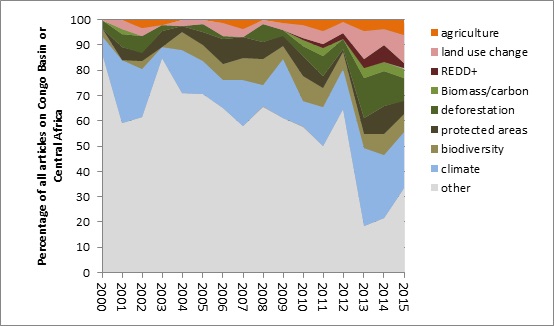
Full text loading...
The Central African forests, the planet's second largest rainforest block, are key to global environmental health. They influence climate change through their crucial role in carbon sinking and storage, affect weather patterns across Africa, and safeguard unique species and biodiverse communities. Their fate is important to everyone, not just today's inhabitants. The forests cover seven countries, and the differing socioeconomic histories and trajectories of these nations determine divergent fates for people, trees, and wildlife across the region. We review current knowledge of how the Central African forests have been shaped by climate and human activity within the region and assess how they may evolve under future climate change, population growth, and the Anthropocene race for wealth and energy. We highlight three different environmental trajectories for the countries of the region, identify key current regional issues that have an international dimension, and highlight five new points of future concern.

Article metrics loading...

Full text loading...
Literature Cited


Data & Media loading...
Supplemental Material
Supplemental Figure 1. Scientific outputs on the Congo Basin for the past 15 years. Publications on REDD+ and carbon biomass emerge around 2010, and since 2011 more than half of the scientific research outputs have been focussed on forest and land management issues. Source: Thomson Reuters' Web of Science. Data were generated from a search of all databases using search term "Congo Basin" or "Central Africa" to establish the total outputs. A second search combined "Congo Basin" or "Central Africa" or any of the six individual country names (not Cabinda), with each of the topics listed below, one by one. Reported references for each topic were then reviewed by the authors and outputs allocated to the most appropriate topic from their title and abstract. Download Supplemental Figure 1 as a PDF. 
